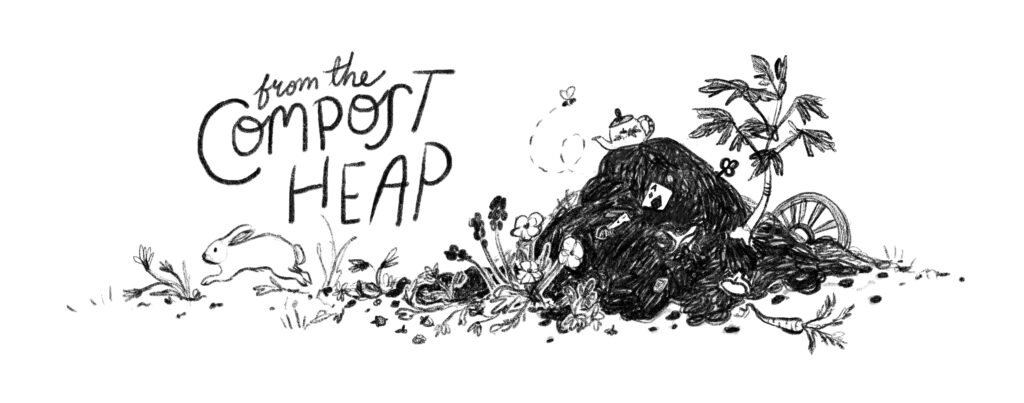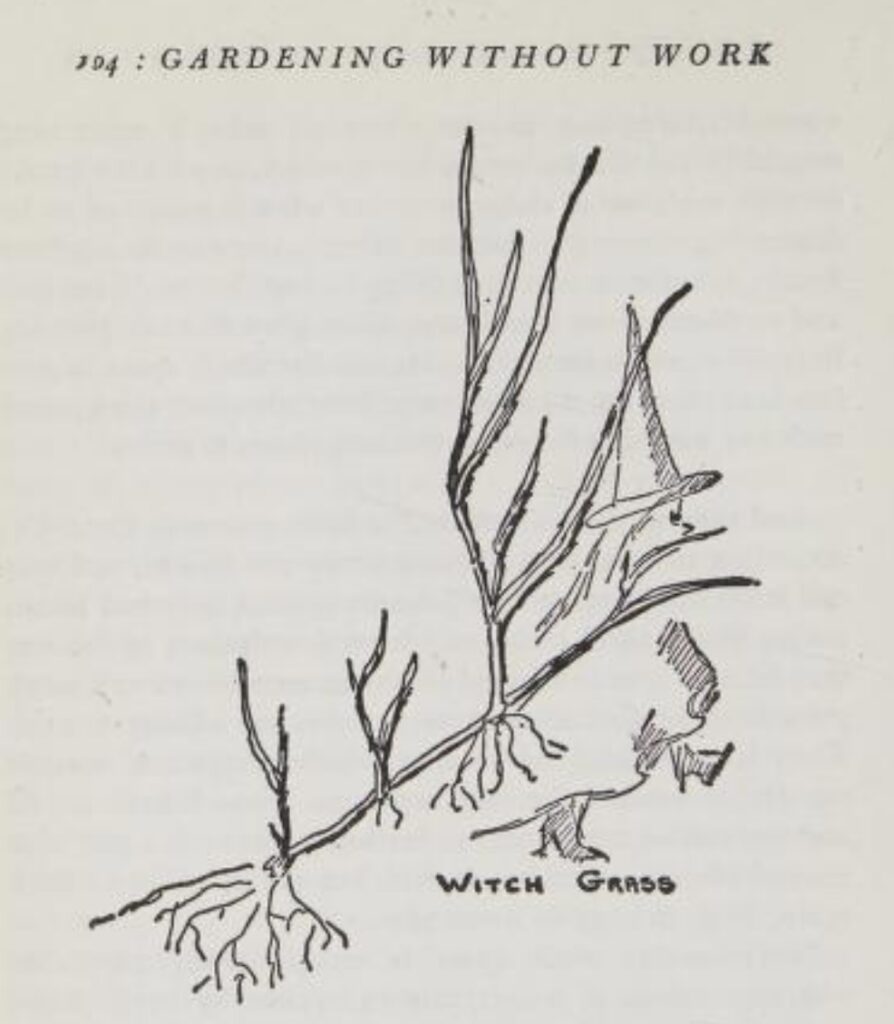Our chaos garden has turned feral.
After being gone for a week and sick for another here’s a look at how it’s going. And it’s going to stay this overgrown for a while.
One of my chronic illnesses causes heat intolerance so it is what it is at this point. (I can do a bit in evenings, but can’t keep pace with the grass.)
The perennials that hold space against the grass are key. I keep adding more of them, but we can only afford to do so much at once. 🤷
I show this to not idealize the chaos gardening approach. It works better in some seasons than others. Between the heat and the rain the witch grass is currently winning. My main point is that you don’t have to be a perfect gardener to enjoy gardening.
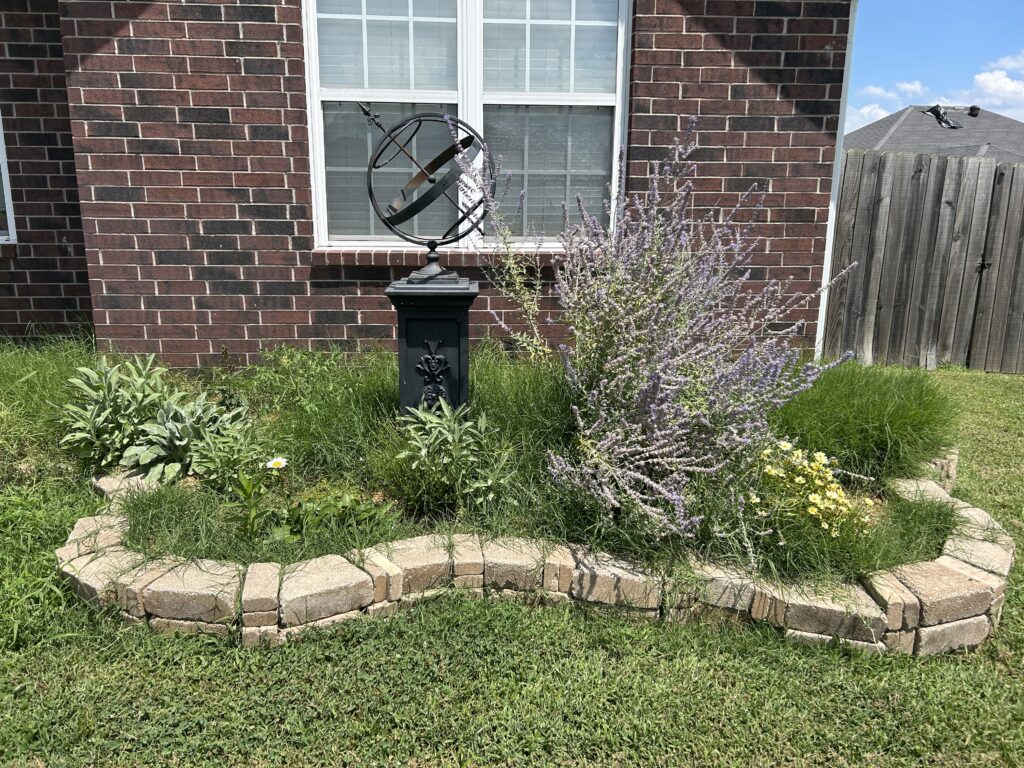
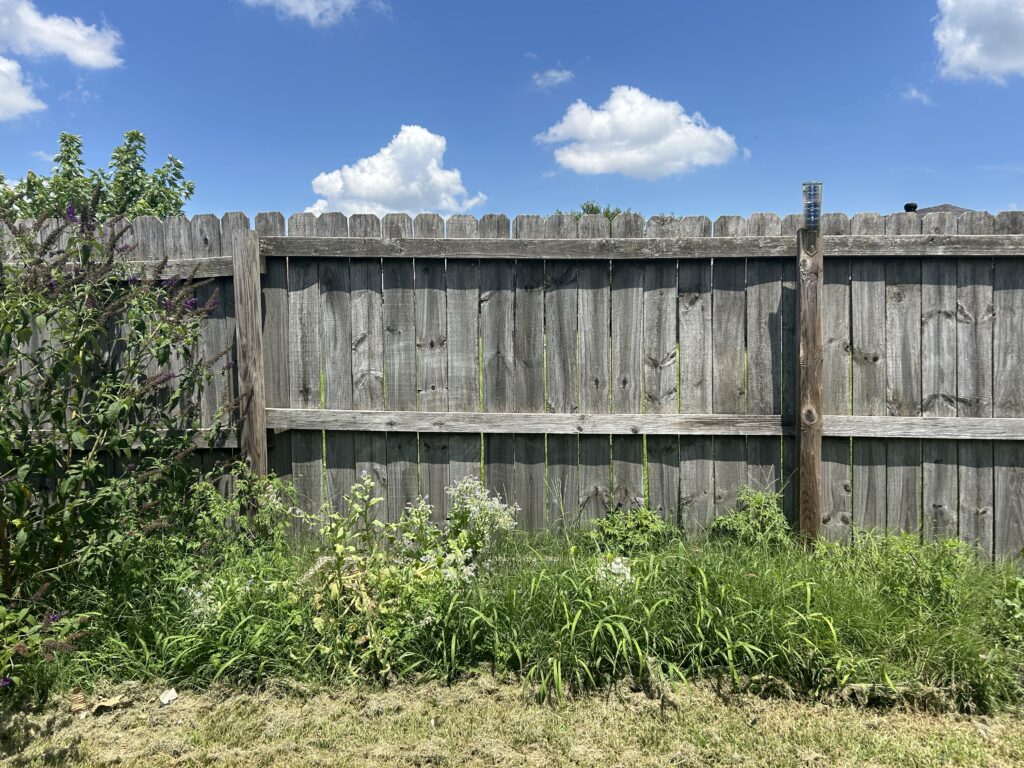
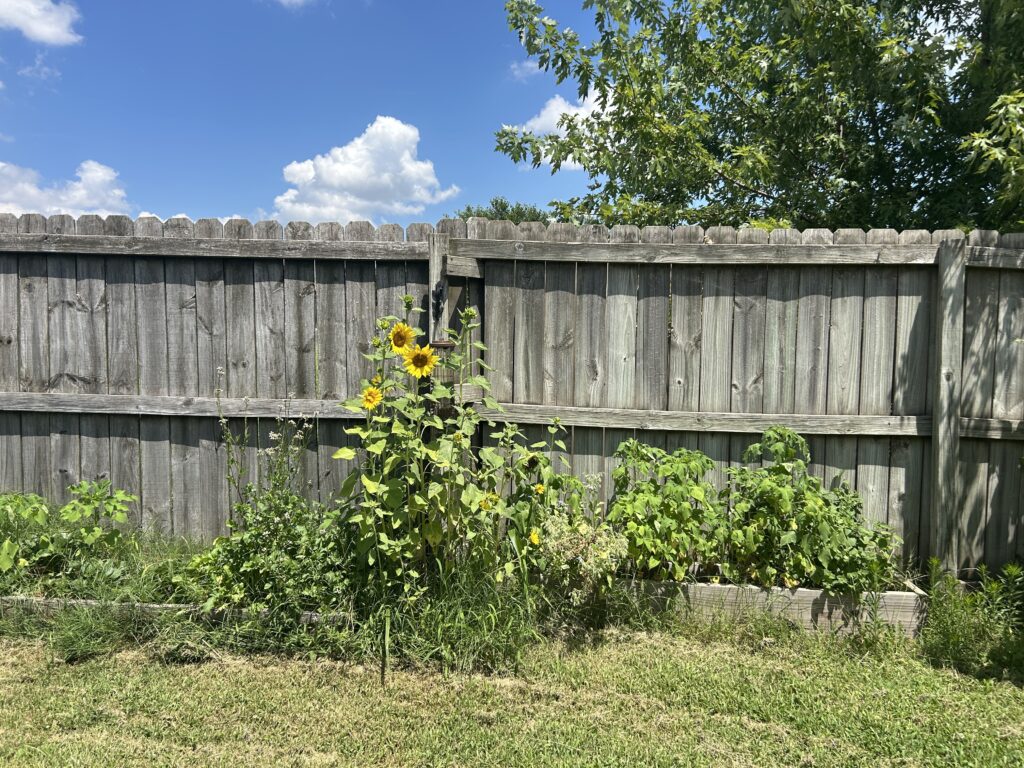
The self seeded sunflowers are a bright light. They’ve attracted goldfinch which we don’t often see.
